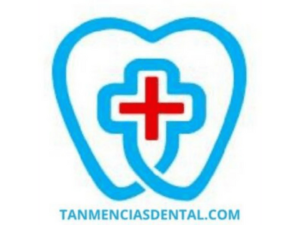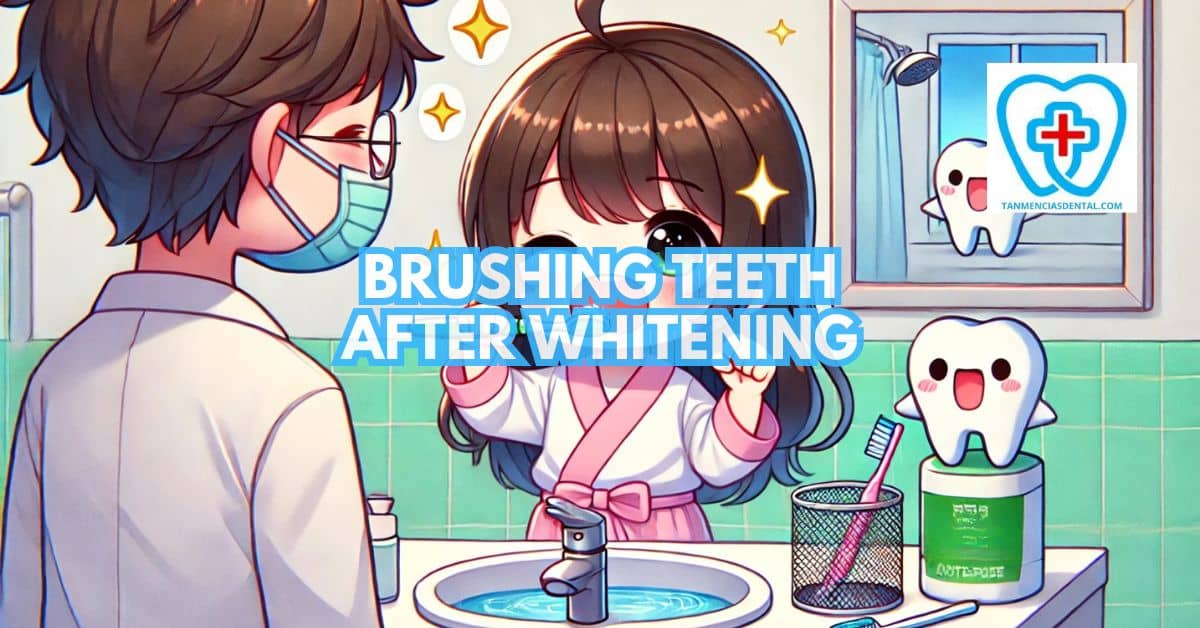Teeth whitening treatments can make your smile look fresh and bright.
However, keeping your teeth white requires proper care, including regular brushing.
The foods and drinks you consume can stain your teeth, causing them to lose their brightness over time.
Without good oral hygiene, the results of whitening treatments fade faster.
We’ll explain how brushing teeth after whitening helps maintain a bright smile and prolongs the effects of treatment.
1. The Right Timing for Brushing After Whitening
Brushing immediately after a whitening treatment can harm your teeth.
After whitening, your enamel becomes slightly weakened and more vulnerable to damage.
It is best to wait at least 30 minutes before brushing to allow your teeth to recover.
Drinking water or rinsing your mouth during this waiting period helps remove leftover whitening agents.
Brushing at the right time prevents unnecessary enamel wear and helps keep your smile bright.
🦷 Can I Whiten My Teeth While Nursing?
2. Why a Soft-Bristled Toothbrush Is Essential
A soft-bristled toothbrush is gentle on your teeth and gums, reducing the risk of irritation.
Hard-bristled brushes can wear down the enamel and make your teeth more sensitive after whitening.
Using a soft brush allows you to clean effectively without causing harm.
It also protects your gums from inflammation or bleeding, which can occur if you brush too aggressively.
Choosing the right toothbrush is an easy way to maintain the results of your whitening treatment.
🦷 Can Charcoal Teeth Whitening Strips Really Remove Stubborn Stains?
3. Brushing Gently to Protect Your Enamel
Brushing too hard can erode enamel, making teeth appear dull and more prone to stains.
Enamel does not grow back once it wears down, so brushing gently is essential for long-term protection.
Use small circular motions instead of scrubbing back and forth to clean your teeth without damaging them.
Gentle brushing also reduces gum recession, which can lead to tooth sensitivity.
A careful approach helps maintain the strength and brightness of your teeth.
🦷 What Happens if You Don’t Get a Cap on a Chipped Tooth? Risks and Consequences
4. Choosing the Best Toothpaste for Whitening Maintenance
Not all toothpaste products are safe for newly whitened teeth.
Some contain harsh abrasives that can weaken enamel and reduce the effectiveness of whitening treatments.
Look for toothpaste with fluoride and mild whitening agents that help prevent stains without being too rough on your teeth.
Avoid ingredients like charcoal, which can be too abrasive for regular use.
The right toothpaste supports both oral health and a long-lasting white smile.
🦷 Why You Shouldn’t Ignore a Chipped Tooth Filling: Potential Risks and Complications
5. How Brushing Prevents Stains from Food and Drinks
Many foods and drinks contain pigments that can stain your teeth, especially after whitening.
Coffee, tea, red wine, and dark-colored berries are some of the most common stain-causing items.
Brushing soon after consuming these can remove particles before they penetrate the enamel.
If brushing right away is not possible, rinsing your mouth with water helps reduce the risk of stains.
Making brushing a habit after eating or drinking stain-causing items keeps your teeth looking clean and bright.
🦷 What Happens If You Don’t Get Chipped Tooth Treatment Right Away?
6. The Benefits of Whitening Toothpaste After Treatment
Whitening toothpaste contains ingredients that help remove surface stains and maintain brightness.
These toothpastes often use mild polishing agents to clean teeth without being too abrasive.
While they do not whiten teeth as effectively as professional treatments, they help prolong the results.
Using whitening toothpaste a few times a week rather than every day prevents excessive enamel wear.
When combined with proper brushing habits, it becomes a useful tool for keeping your teeth white.
🦷 Can the Cheapest Way To Close Gap In Teeth Really Work for You?
7. How Brushing Stimulates Saliva and Supports Whitening
Saliva plays a key role in keeping your mouth clean and reducing stains.
Brushing your teeth stimulates saliva production, which helps wash away food particles and acids.
A dry mouth can lead to more staining and bacterial buildup, making regular brushing even more important.
The more saliva you produce, the better your teeth are protected against discoloration.
Keeping your mouth hydrated and brushing regularly ensures a cleaner, healthier smile.
🦷 Dental Care Products Every Family Should Have
8. Reducing Tooth Sensitivity with Proper Brushing
Many people experience tooth sensitivity after whitening treatments.
Using the wrong brushing technique or a harsh toothpaste can make this worse.
A soft-bristled brush, gentle strokes, and fluoride toothpaste designed for sensitive teeth help reduce discomfort.
Avoiding very hot or cold foods and drinks can also prevent sensitivity from getting worse.
With the right approach, you can manage sensitivity while keeping your teeth clean and white.
🦷 What’s the Science Behind Charcoal Tooth Powder and Its Effectiveness?
9. Maintaining a Consistent Brushing Routine for a Bright Smile
Brushing twice a day is necessary to keep your teeth white and free from plaque buildup.
Plaque and tartar can make teeth look yellow and dull over time.
Skipping brushing can also lead to cavities, which may require treatments that affect the brightness of your smile.
Using a good brushing technique daily ensures that your whitening results last longer.
A consistent routine is one of the easiest ways to maintain a bright and healthy smile.
🦷 Can You Whiten Your Teeth While Breastfeeding?
10. Why Regular Dental Checkups Are Important After Whitening
Dentists can remove stains and buildup that regular brushing might miss.
They can also check for any damage or sensitivity issues caused by whitening treatments.
Professional cleanings help maintain the brightness of your teeth and prevent discoloration.
Your dentist can also recommend the best products and techniques for your specific needs.
Regular checkups ensure that your whitening results last as long as possible.
🦷 Tan-Mencias Orthodontic and Dental Clinic, Marikina
👨⚕️ Conclusion
Brushing teeth after whitening is essential for keeping your smile bright.
Using the right techniques, tools, and toothpaste helps prevent stains and protects enamel.
Consistently following good oral hygiene habits ensures that whitening treatments last longer.
Regular brushing, combined with professional checkups, keeps your teeth healthy and white.
By following these steps, you can enjoy a whiter, healthier smile for a long time.
😊 Self-Promotion
Looking for a trusted dental clinic in Parang, Marikina City?
Visit Tan-Mencias Dental Clinic for quality care and a friendly team that will make you feel at ease.
Have questions or need an appointment?
You can call us at 9171451074, send us a message on Facebook, or get in touch via our website’s contact form.
Your smile matters to us, and we’re here to help—see you soon!

